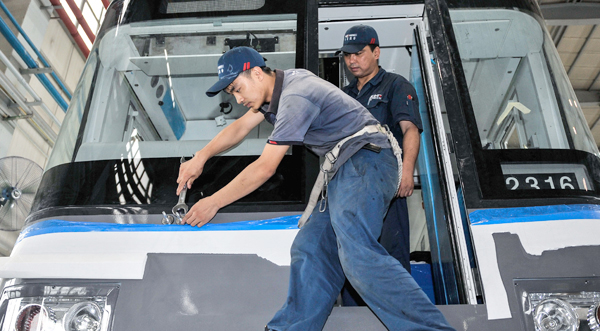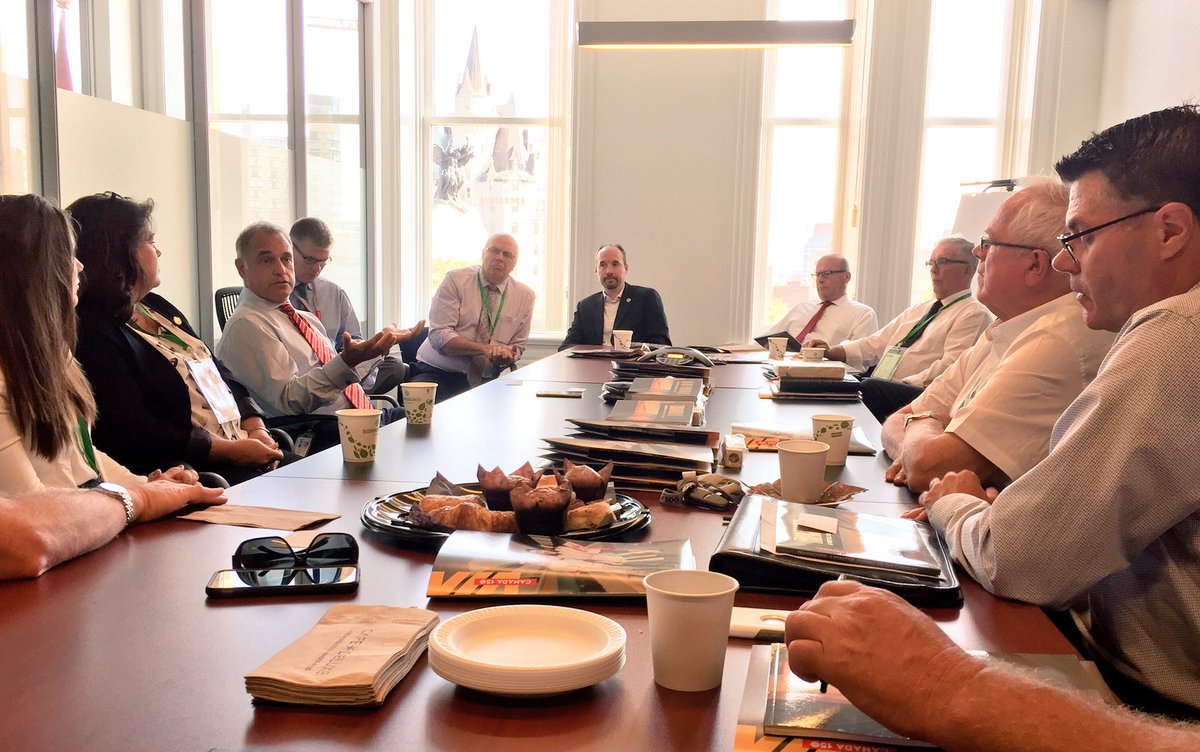As part of the Government of Canada's historic
Investing in Canada plan, the Canada Infrastructure Bank is a new tool that our partners will be able to use to build more infrastructure in communities across Canada.
The additional projects the bank invests in will contribute to our long-term economic growth and support the creation of good, well-paying jobs for the middle class. These investments will also help us achieve our goals of lowering GHG emissions and building communities that are socially inclusive.
The Bank will be an additional tool to build new infrastructure development by attracting private sector and institutional investors to support the transformational infrastructure that Canadian communities need.
From green energy transmission to trade and transportation and beyond, the Bank will help public dollars go further by enabling us to invest in projects that deliver a return. This will keep our grant dollars for those projects, like affordable housing and community centres that require public dollars.
The Bank will invest $35 billion from the federal government into transformative infrastructure projects. $15 billion will be sourced from the over $180 billion
Investing in Canada infrastructure plan, including:
- $5 billion for public transit systems;
- $5 billion for trade and transportation corridors; and,
- $5 billion for green infrastructure projects, including those that reduce greenhouse gas emissions, deliver clean air and safe water systems, and promote renewable power.
Specifically, the Bank will:
- Invest in infrastructure projects that have revenue-generating potential and are in the public interest;
- Attract private sector and institutional investors to projects so that more infrastructure can be built in Canada;
- Serve as a centre of expertise on infrastructure projects in which private sector or institutional investors are making a significant investment;
- Foster evidence-based decision making and advise all orders of government on the design of revenue-generating projects; and
- Collect and share data to help governments make better decisions about infrastructure investments.
The Bank will be accountable to Parliament through its responsible Minister. Specific accountability measures will include:
- Requiring the Bank to seek the Government's approval of its Corporate Plan annually, and tabling the plan as well as its annual report in Parliament;
- Audits by the Auditor General as well as a private sector auditor appointed annually by the Government, which is the highest standard of accountability required of Crown corporations; and,
- A review of the operation of the Bank by the responsible Minister and Parliament every five years.
As an arm's length Crown Corporation, the Bank will be led by a Chief Executive Officer and governed by a Chairperson and Board of Directors.
Frequently Asked Questions
1. Why are you setting up the Canada Infrastructure Bank? 2. What will the Canada Infrastructure Bank do? 3. How does the Bank fit into the Investing in Canada plan? 4. What types of projects will the Bank support? 5. What financial tools will the Bank have available to it? 6. How will the Bank support provinces, territories and municipalities? 7. How will the Bank be governed? 8. When will the Bank be operational?










